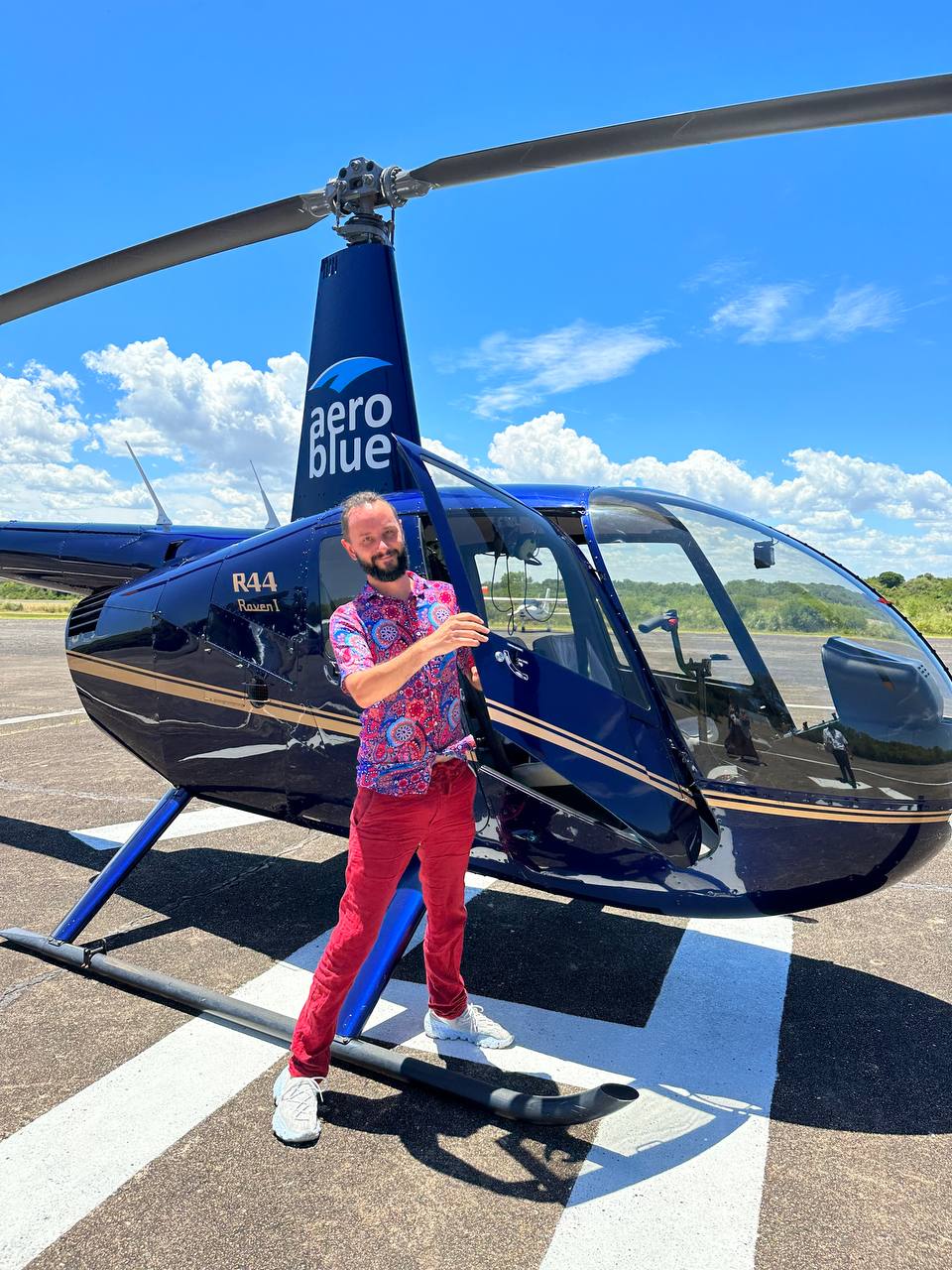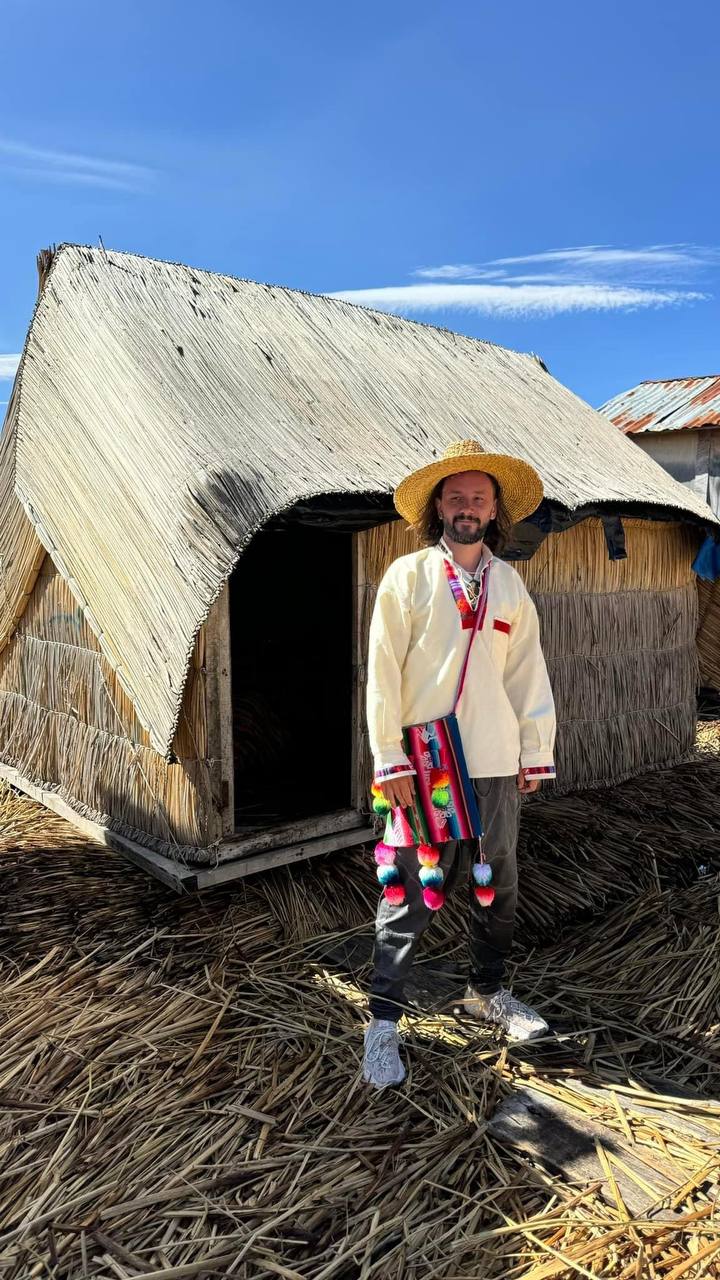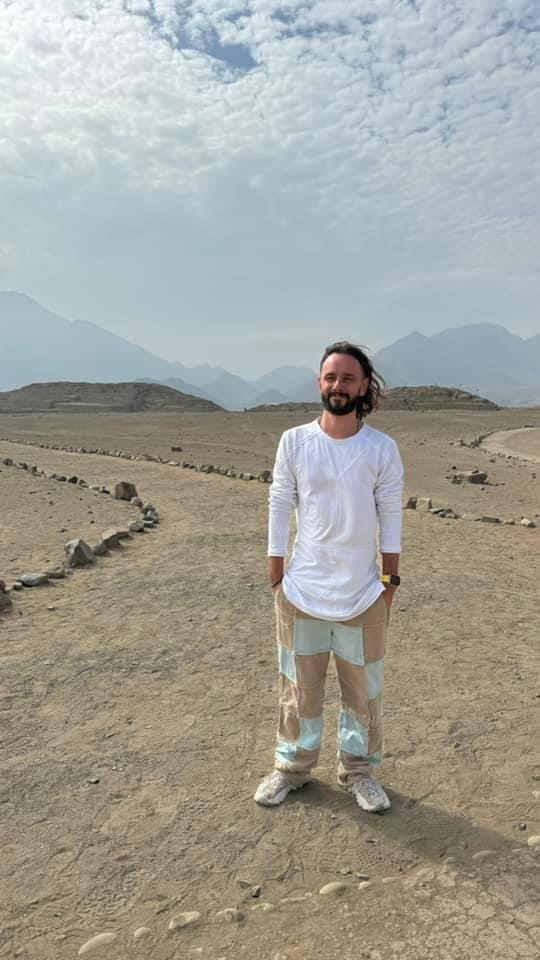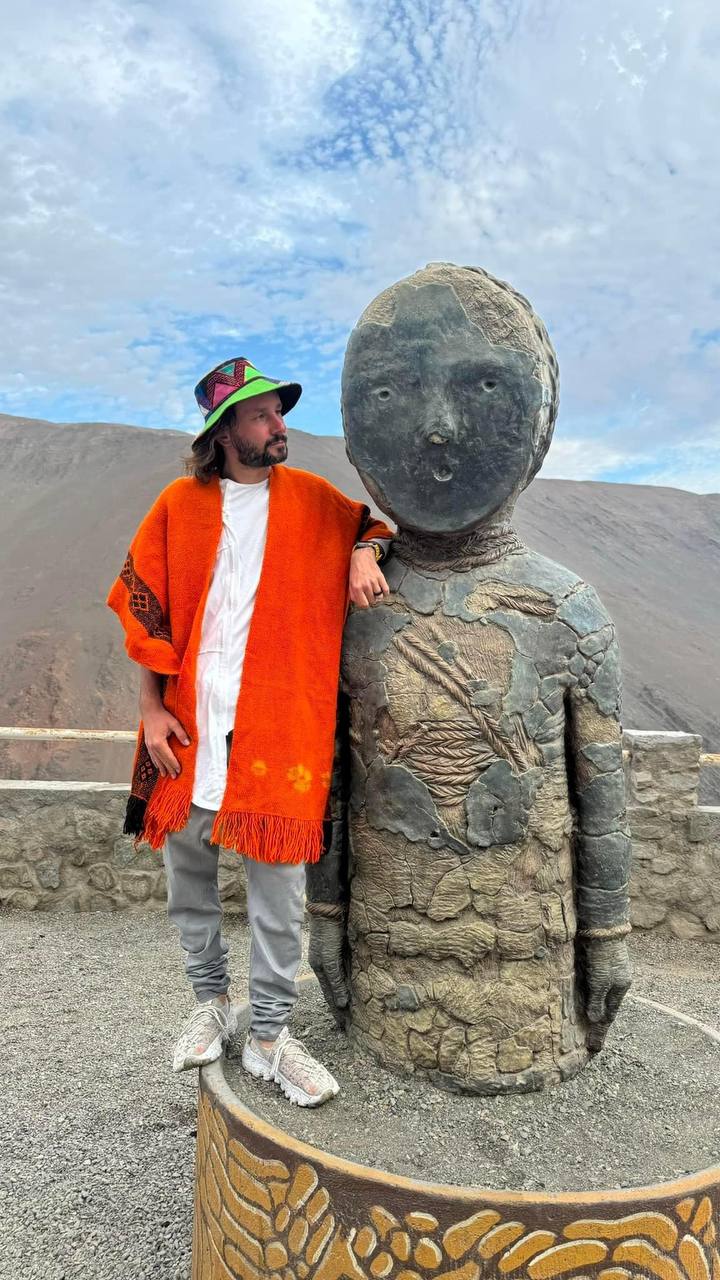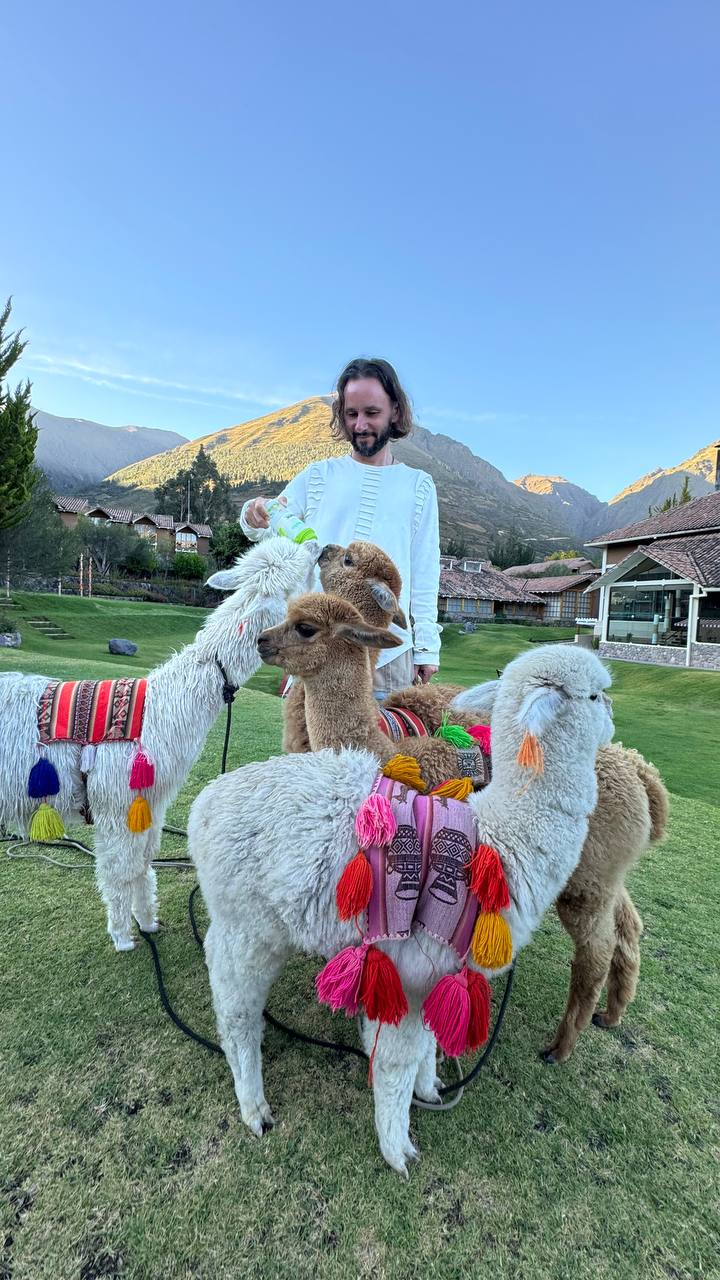I really love flying, and if there is an opportunity to see something beautiful, I definitely take it. Here’s my ranking of experiences:
🤮 Chile, lines in the Nazca Desert – 4/10
School textbooks say that geoglyphs in the desert are only visible from a bird’s eye view. That’s a lie! Near the highway there are metal towers from which everything is perfectly visible. Above the desert tourists are taken by a shaking corncob, the views are monotonous, you get seasick. I don’t recommend it.
😎 Brazil, Rio de Janeiro – 10/10
The most beautiful helicopter tour on the continent! Ocean, beaches, impressive city in the hills, Jesus statue above the city. At the same time – the most careless security system at the airport. Bags are not checked, documents are not even asked. Apparently the aura of the city’s saint keeps everyone safe.
😁 Brazil, Iguazu Falls – 8/10
The most powerful waterfall system in the world. The most famous part is the Devil’s Throat, a 270 degree circular space surrounded by waterfalls. Powerful and beautiful: a helicopter flies right up to the Throat itself! I took off two points, because from the bottom, from the boat, you can drive into the waterfall itself, and it is much cooler in impressions! Brazilians are leisurely, both the boat and the helicopter will take half a day. If you have to choose one thing, definitely the boat!
😎 Argentina, Martina Garcia Island – 9/10
The exile island of a former president on the border with Uruguay. Perfect location for a date: beautiful flight over the La Plata river delta, interesting architecture of the island (even a theater building has been preserved!), lunch in a small authentic restaurant, crocodiles on the waterfront.
😁 Argentina, Buenos Aires – 8/10
It’s just really nice to fly over your city and take a look at your favorite places.
🥲 Peru, Machu Picchu – 0/10
A place that doesn’t have a helipad, but would really like one! The ancient Inca temple is protected on all sides by the high Andes Mountains. You can only get here by train, but it would be great to fly in.
